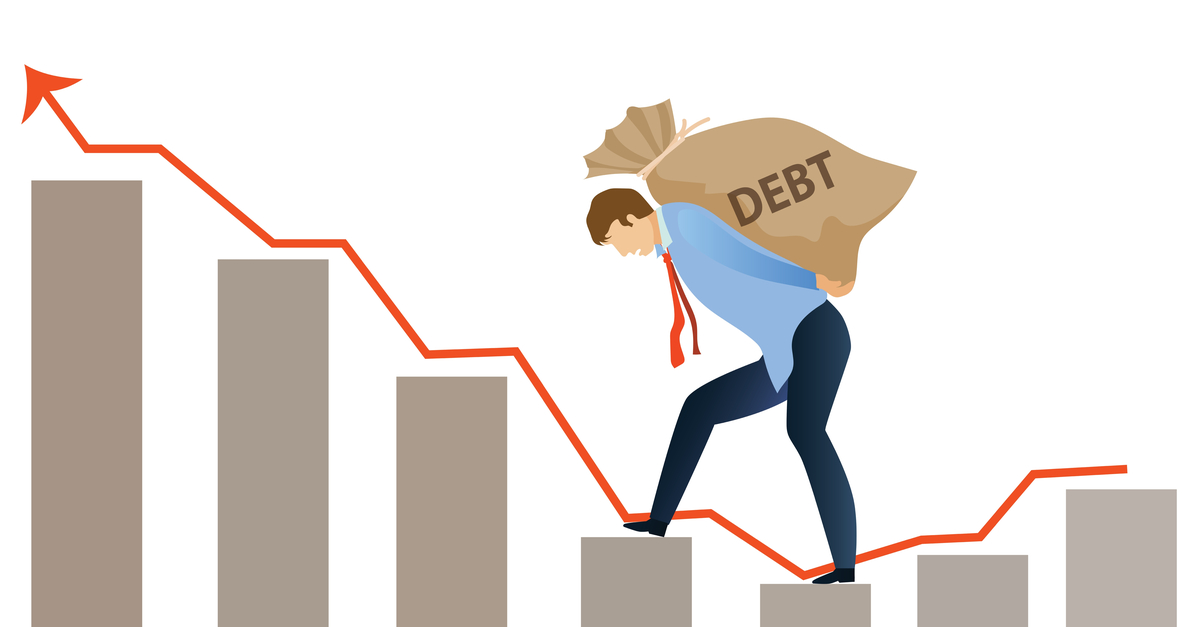According to the Federal Reserve Bank of New York, total U.S. household debt grew by more than $1 trillion to a total of $15.6 trillion in 2021, representing the largest increase in overall debt since 2007. Consumer debt has now risen for 11 quarters in a row.
Taking a closer look, debt levels have risen across all segments, with Q4 2021 alone seeing a $15 billion increase in auto loan balances and a $52 billion increase in credit card balances…representing the largest quarterly increase observed in the 22-year history of the NY Fed data.
A quick scan of news headlines will paint a positive image, as delinquency rates have continued to hold steady in most segments. Of course, I agree it’s good news that so many Americans have been able to keep up with their debt obligations. However, a number of factors suggest that it’s time for lenders to prepare themselves for the potential of increased delinquencies in the coming months.
And many of the nation’s most renowned economic experts agree:
- Economist Christian Weller, Senior Fellow at American Progress: “Debt has increased in all forms during the pandemic, leaving many households in a financially precarious situation.”
- Ted Rossman, a senior industry analyst at Bankrate.com: “The highest inflation readings in four decades will likely lead to a series of interest rate hikes from the Federal Reserve, which will make it even harder for Americans to pay down their credit card debt.”
- New York Fed researchers: “Some borrowers that haven’t fared well during the pandemic could have a harder time keeping up with their debt payments later.”
- Melinda Zabritski, Senior Director on the Experian financial solutions team, tells Auto Finance News that “heightened vehicle values and costly monthly payments are expected to disrupt low delinquencies.”
I’ve written on this topic in the past and my goal has never been to send an unnecessary “doom and gloom” message. Rather, in my role leading an organization that manages the servicing and collections for loan portfolios of all types and sizes, I believe that the only responsible path forward is to plan for all scenarios before they get here.
These household debt levels, coupled with record-high inflation rates and the very real likelihood that the Fed is poised to raise interest rates, should at a minimum send a signal that a solid collections and cure strategy needs to be in place to protect the interests of both the portfolio and the consumer.
This is further complicated by the fact that we are living in a time of unprecedented employee turnover. The collections industry has long faced this challenge more dramatically than other industries. In fact, the Consumer Financial Protection Bureau has estimated that companies with more than 250 employees experience turnover rates in the collections function of more than 75%.
Waiting until increased delinquencies become a reality simply isn’t a viable option. Hiring and retention challenges, along with the advanced training requirements that go along with increased Fair Debt Collections Practices Act regulations, will make increasing collections capabilities problematic if put off until the last minute. Many of our clients have turned to us once they realized just that.
Finding the right collections partner now, one that has the capacity to take on increased volume at a moment’s notice but is also focused on treating collections as part of good customer service that protects your brand and retains lifelong customers, will pay dividends as we move forward.
Ready to develop a proactive collections strategy that is designed for any economic environment? “Invest In Real Experience” and drop us a line at sales@servicvingsolutions.com.


